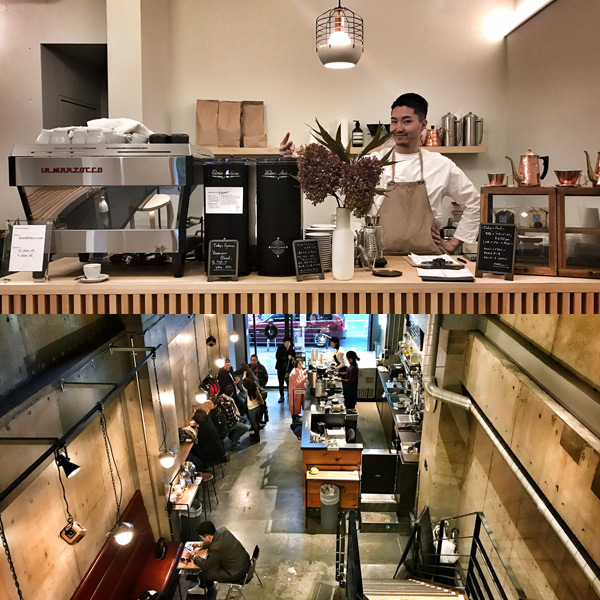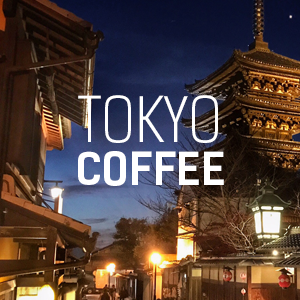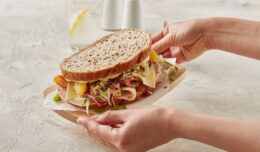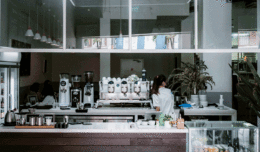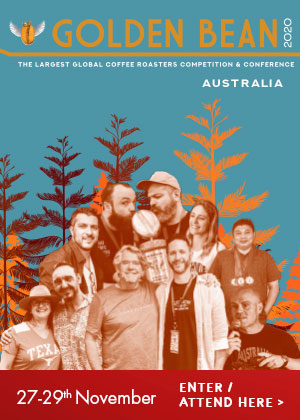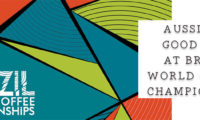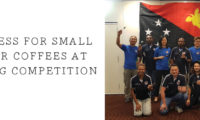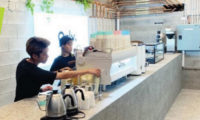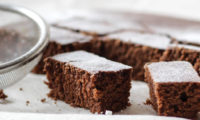By Luke Shilling
For the last couple of years, I have been coffee consulting around the world. Every country has been a great opportunity to experience unique coffee culture and also to compare how Australia’s own style is influencing the rest of the world.
My most recent trip was Tokyo, Japan.
Today, Japan is the third largest nation of coffee consumers, a surprise to many foreigners, considering their most revered beverage being tea.
From their traditional coffee houses of yesteryear, major coffee chains of America to the iconic coffee vending machines situated on almost every street corner, Japan definitely has one of the most eclectic mix of coffee styles.
During this trip I was able to visit some 400 independent coffee shops, enabling me to experience all of these different styles. The experience was truly something unique.
Regardless of venue type, what was prevalent across the board was the Japanese work ethic in producing the best they could. Whether it was a hand drip, orange mocha Frappuccino or a single origin espresso, the pride in their coffee and service was always there. With the underlying arrogant attitude of most high-end trendy specialty shops, it was refreshing to be served by a barista who gave the spotlight back to the customer.
It’s this specialty coffee scene Tokyo and the rest of Japan are starting to embrace with a fervor and enthusiasm similar to that seen in other countries over recent years. Independent coffee roasters, multiple grinders and more focus on espresso based coffees is seeing Japan moving into the third wave coffee scene, but without the pretentiousness.
There were many parallels of the Tokyo coffee scene to that of Australia, their own coffee culture being a culmination of outside influences over the last century, all tied together with their traditional values.
Part of me was sad to see some of these traditional coffee houses closing down, especially since it was something iconic to their history. However, it was that work ethic and respect towards others that lives on through modern day coffee shops that I feel now is the thing that hopefully people will remember when experiencing Japan’s coffee scene.
Filter coffee, such as pour over, was the predominant style of coffee served. Only the newer establishments and coffee chains were sporting espresso machines, and fewer still offered milk based coffees.
Black is best.
Simple, minimal and modesty is also what it’s about. Decaf, skim milk and gluten free were all things that were categorised with other objects like Santa Claus as “things that don’t exist in Japan”.
Available space also played a huge part in the size of most coffee shops … This being tiny. Very tiny.
Most coffee houses could accommodate no more that 10 or so people. With only small sweets and cakes to accompany the food, it was a wonder how many of these places managed to stay open.
With the 2020 Olympics just around the corner, many establishments are recognising the importance to adopt more western coffee styles. I feel the next few years we are going to see more places offering espresso, along with different milks, sizes and food items to capitalise on this huge tourism boost to the local economy. Hopefully this won’t affect their values too much, as what they have at the moment is truly unique.
I wouldn’t mind seeing more of Japan’s coffee culture influencing the rest of the world.
